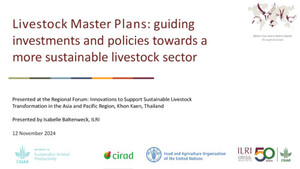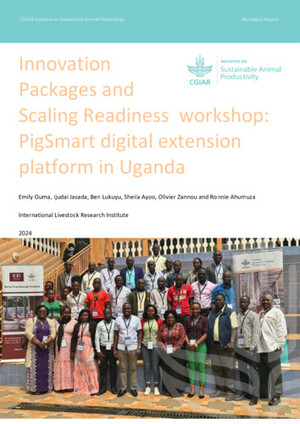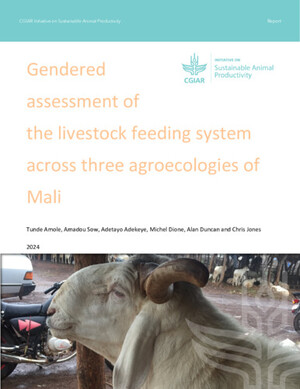
Assessment of village chicken production system and evaluation of the productive and reproductive performance of local chicken ecotype in Bure district, North west Ethiopia
Abstract
A survey was conducted in Bure district, North West Ethiopia, from 2007 to 2008 to assess the existing village chicken production system. A participatory rural appraisal and a formal survey were used to collect all the relevant data, using a multi-stage sampling technique. Seven farmer administrative kebeles (two from high land, three from mid altitude and two from low land agro-ecologies) and a total of 280 village chicken owner households were considered for the study. The result revealed that the dominant (83%) chicken production system was an extensive/traditional type of production, using a majority (97%) of local chicken ecotypes, managed mainly on scavenging with seasonal supplementation of home grown grains and household food leftovers. The purposes of chicken production were sale for income (51.4%), egg hatching for replacement (45%), consumption (44.3%), use of birds for cultural and/or religious ceremonies (36.4%) and egg production (40.7%). The average flock size per household was 13 (ranged 1 - 57), with a hen to cock ratio of 3.7:1. Only 22.1% of chicken owners prepared a separate overnight house for birds and the rest (77.9%) kept birds in various night sheltering places. The result revealed that 97.5% of interviewed chicken owners experienced chicken disease problems, mainly Newcastle disease (98.2%). The result indicated that 95% of village chicken owners used only traditional means to treat sick birds. The average age of cockerels at first mating and pullets at first egg were 24.6 weeks and 27.5 weeks, respectively. The average number of eggs laid/clutch was 16 (ranged 8 - 28) and the number of total clutch periods/hen/year was 4 (ranged 2 - 6). The annual egg production performance of local hens, under farmer’s management condition, was 60 eggs/hen (ranged 24 -112). The average number of eggs incubated/hen was 13 and 11 chicks, on average, were hatched from them. The average hatchability performance of local hens was 81.7%. However, survivability of young chicks was only 60.5% (ranged 0 -100%). High hatchability performance of local hens (81.7%) and high mortality of young chicks (39.5%) were the two contradictory features for the existing village chicken production system of the district. Seasonal diseases outbreaks (84.3%) and predation (11.4%) were the major causes of chicken loss in the district. Women were the major responsible members of the household involved in various chicken husbandry activities like cleaning bird’s house (38.6%), feeding birds (81.7%), selling birds (83%) and selling eggs (54.6%). Only 37.5% of interviewed chicken owners got appropriate extension services related to modern chicken management practices. The result of the study revealed that there is a great interest to boost up the existing village chicken production and productivity. This should be considered as an opportunity and potential to design and implement interventions, aimed at improving production and productivity of village chicken in the district.
Citation
Moges, T., Mellesse, A., Dessie, T. 2010. Assessment of village chicken production system and evaluation of the productive and reproductive performance of local chicken ecotype in Bure district, North west Ethiopia. African Journal of Agricultural Research 5(13): 1739-1748










